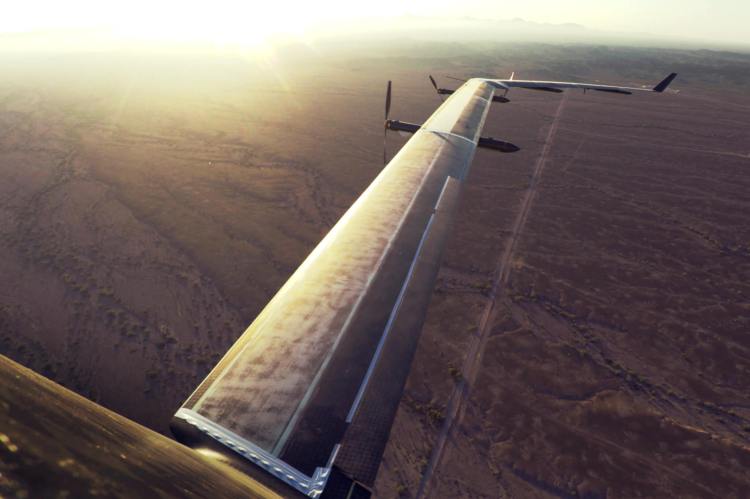Strong winds caused a huge solar-powered drone owned by Facebook to crash during a test flight this summer, according to federal regulators.
The drone’s autopilot system was confused by powerful wind gusts during the attempted landing in the Arizona desert, according to a report about the crash released by the National Transportation Safety Board on Friday.
Facebook built its Aquila drone, which has a wingspan of a Boeing 737, as part of the company’s push to provide Internet service where it is either lacking or bad. The drone project, which Facebook first detailed in 2014, would involve flying several solar-powered drones that transmit Internet signals below.
Initially, Facebook had publicly called the flight a success without mentioning the crash. At the time, it said that the drone’s flight lasted three times longer than expected and that its “automatic landing algorithm also performed well.”
However, a Bloomberg News report in November revealed that the NTSB was investigating an accident during the test flight. The agency investigates all accidents involving drones that weigh over 300 pounds and end in substantial damage to the aircraft.
There were no deaths or injuries as a result of the crash.
The report said that high wind speeds and turbulence during the drone’s descent caused the drone’s autopilot system to lower the aircraft’s nose, causing the drone to speed up at the same time it was trying to return to the correct landing path. Additionally, the drone’s right wing broke because of the wind gusts and increased airspeed, causing the aircraft to hit the ground and suffer “substantial damage,” the report said.
As a result of the accident, Facebook said Friday that future Aquila drones—the company is already working on an updated version—will use devices called spoilers or air brakes that will help its autopilot system handle landings better. The company will also make changes so that autopilot doesn’t let the drone fly too fast while descending.
“Each successive test flight will bring both expected and unexpected technical challenges, and will teach us more about how to fly this experimental aircraft,” Facebook engineers wrote in a blog post. “We intend to push the plane to its limits so we can learn more, learn faster, and reach our ultimate goal of connecting people sooner.”
This story originally appeared on Fortune.com. Copyright 2016
VentureBeat's mission is to be a digital town square for technical decision-makers to gain knowledge about transformative enterprise technology and transact. Learn More

